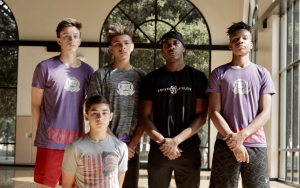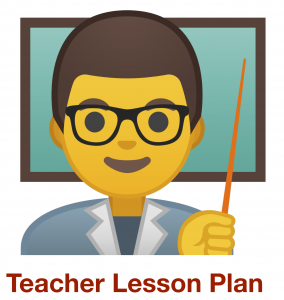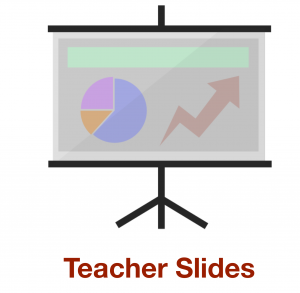
Sports and dance provide a wealth of opportunities to learn science. This introductory physics lesson explores the physics of landing. Many young people experience traumatic injuries that are the result of landing from a jump. The impact of their bodies hitting the ground after accelerating from a height magnifies the weight of their body onto their joints. We know a lot about accelerating, but somehow we overlook the impact of what happens when we decelerate. This physics lesson examines how we can learn to land in a way that will reduce the impact of those forces on our body. Imagine being able to perform in dance and in sports at the highest level possible while being able to reduce the impact of landing forces on your joints. This lesson examines the science of jumping by working with a premier sports physicist (Cornell Jenkins) who offers virtual reality instructions about how to land safely and effectively. Use this lesson with your students and ask them to develop their own technique and to measure the best way to reduce forces on their bodies.
There are 3 resources available for you to use. First, there is a lesson plan you can download. This lesson plan is accompanied by a student handout/workbook. Finally, there are accompanying slides to use in your teaching.
To get a sense of the work of Cornell Jenkins, take a peak of his explanation about the science of landing. Click the link below:



